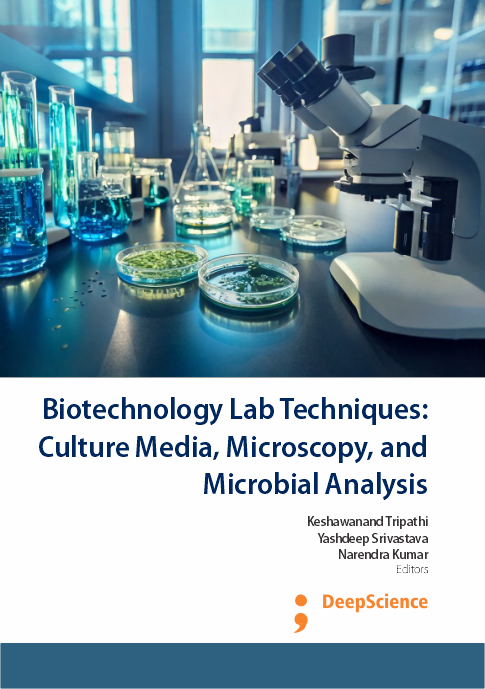Evans blue dye exclusion assay: Mechanisms, protocols, and applications in cell viability analysis
Synopsis
Evans blue is a dye that has the ability to penetrate the damaged cell membranes of deceased cells, resulting in a distinct blue staining. The Evans Blue assay is a widely used technique in biology and medicine to assess vascular permeability, particularly in studies involving inflammation, injury, or pathological conditions affecting blood vessel integrity. Named after the scientist Herbert M. Evans who first described its application in 1936, the assay utilizes Evans Blue dye, a synthetic azo dye with high affinity for serum albumin. In the Evans Blue assay, the dye is intravenously injected into experimental animals, where it quickly binds to circulating albumin in the bloodstream (Gaff et al., 1971). Albumin serves as a carrier protein, facilitating the distribution of the dye throughout the vascular system. As the dye-albumin complex circulates, it remains confined within the intact blood vessels under normal physiological conditions (Masters, 2000).














